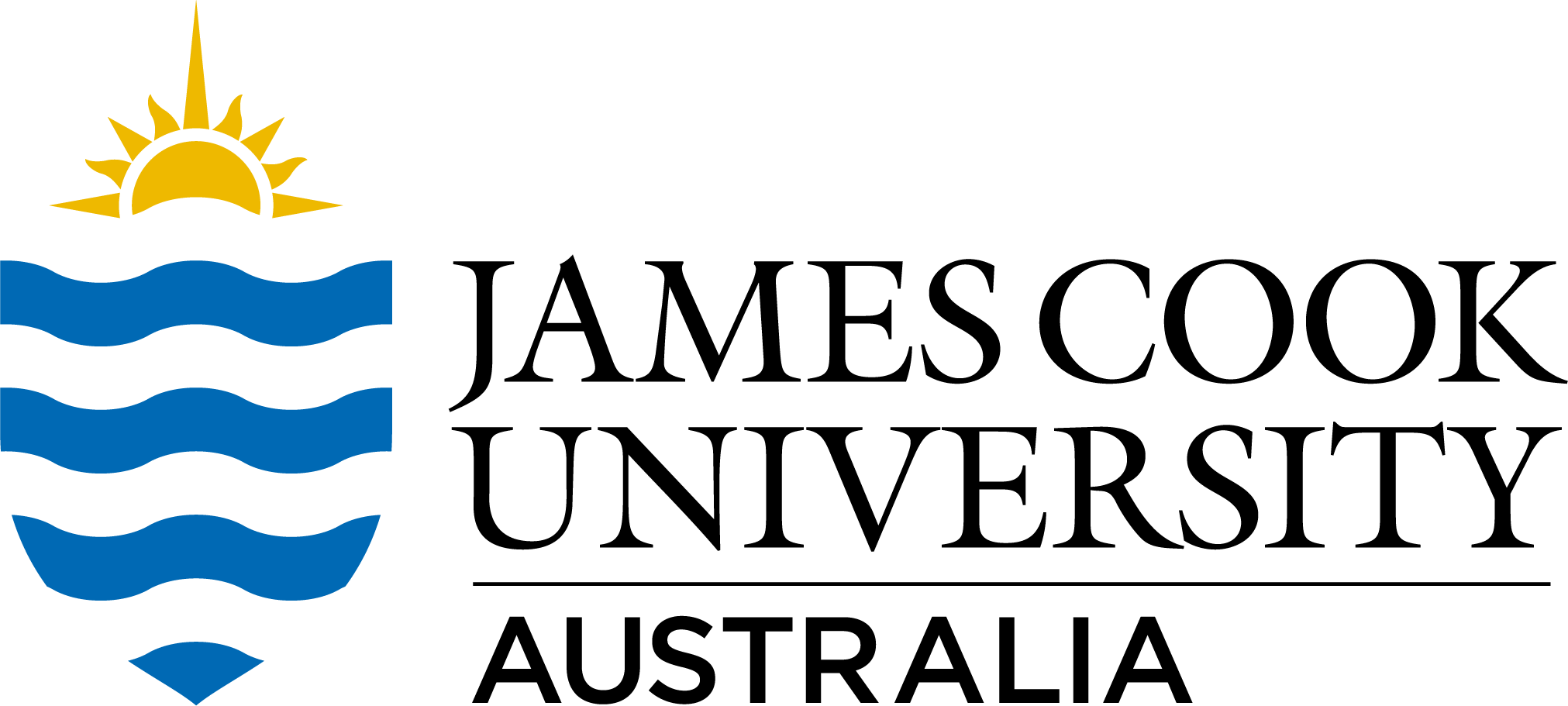Full description
This dataset contains data used to characterise the effects of climate change relevant temperature increases on physiological performance of a low-latitude population of a coral reef damselfish (Acanthochromis polyacanthus). Commonly tested metrics of physical condition and mortality were measured at current average ocean temperatures for the collection locations, and at 1.5˚C, and 3˚C higher than current average temperatures, with a long period of temperature exposure (approximately 10 months).
Experimental setup
Adult A. polyacanthus were collected from three reefs in the Southern Torres Strait, far Northern GBR during December 2011 (142˚20’ to 142˚35’ and 10˚31’ to 10˚46’). Fish were transported to James Cook University Aquarium in Townsville, Australia where they were maintained in male-female pairs in 60 L tanks in a recirculating system. In June 2012, pairs were randomly assigned to one of the three temperature treatments: 1) current average ocean temperatures for the collection locations (+0˚C: 25.0˚C – 30.0˚C, seasonally cycling), 2) 1.5˚C higher than current average ocean temperatures (+1.5˚C: 26.5˚C - 31.5˚C), and 3) 3˚C higher than current average ocean temperatures (+3˚C: 28.0˚C - 33.0˚C; initial n = ~80; 25-28 fish per treatment). Fish were maintained in the treatment temperatures for approximately 10 months to test the chronic effects of increased water temperature.
Fish survival
Throughout the experimental period all fish deaths were recorded. Survival was then analysed for the periods both before and after the introduction of a secondary exercise stressor. This allowed determination of the effect of temperature elevation alone on fish mortality, as well as the effect of temperature in combination with the secondary stressor. To create a secondary exercise stressor, fish were transferred to an upright circular swim chamber with a diameter of 145 mm. Water current inside the cylinder was created using a magnetic stirring bar inside the chamber and stir-plate placed below the cylinder and water bath. The speed of the magnetic stir bar was increased slowly until the fish could sustain a maximal swimming speed while maintaining its position in the water column. Fish were exercised for a period of 5 minutes.
Condition metrics
At the end of the experimental period, after exercise stress testing, the standard length (SL) and whole weight and liver weight (WLiver) of all fish was measured.
Fulton’s condition factor, K, was calculated from fish weight and length using K = 100 X (W/L3), where W is fish weight in grams and L is fish SL in centimetres.
Hepatosomatic index (HSI) is the ratio of WLiver in grams to whole fish body weight and was calculated following HSI = (WLiver/W) x 100.
Critical thermal limits
The critical thermal limit (CTMax) of A. polyacanthus was calculated by rapid environmental temperature increase. Fish used had experienced an average present-day Torres Strait thermal regime under lab conditions for approximately 10 months. Fish were transferred to individual testing tanks and given at least 1 h to recover from handling. On commencement of trials, water temperature was increased from the average summer temperature of 30˚C at a rate of 1˚C h-1. Pilot studies indicated that this rate was the fastest rate at which loss of equilibrium could be observed independently of the death of the fish, without a significant time lag in temperature increase. Water temperature was maintained within ±0.3˚C of the desired temperature. CTMax was measured as the temperature at which locomotory activity became disorganised independent of fish death.
Full methodology
For the complete methodology used in this study please refer to the associated publication.
Created: 2018-04-03
Spatial Coverage And Location
text: 142˚20’ to 142˚35’ and 10˚31’ to 10˚46’
text: Adult spiny chromis damselfish (A. polyacanthus) collected from the Torres Strait, far Northern Great Barrier Reef,
User Contributed Tags
Login to tag this record with meaningful keywords to make it easier to discover
- DOI : 10.4225/28/5AC2D72791BEB

- Local : researchdata.jcu.edu.au//published/7ad36e8dfac9d48b9904fcafa2d2fb9f
- Local : 6d48bb34224d5f768d782e5cb19dd342


